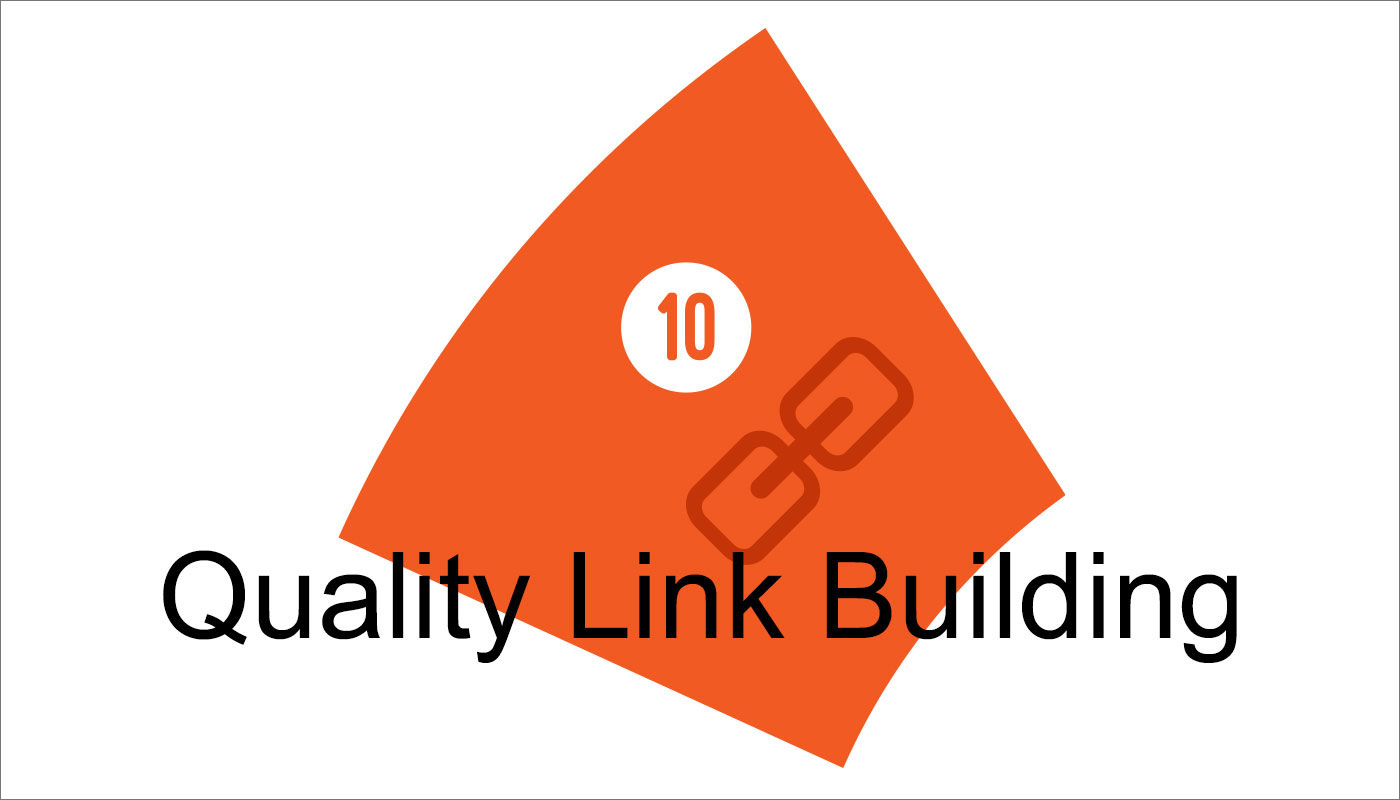
Link Building Involves Internal Links, Inbound Links & Outbound Links.
Links are how pages on the web are connected. To go from one page to another, you click on a link. Navigation links are useful for helping visitors find the main, or most important pages, but if you have a number of categories that contain articles or sub-pages, links are how you direct users to other pages within your website.
Care must be taken, plus a great deal of thought because Google looks very closely at links, especially those coming, often paid for, from link farms.
There are 3 main categories of links that are considered by Google as ranking signals, used to determine PageRank.
Internal Link Building Techniques
Internal links direct visitors to another page within the website that is more about a particular keyword than the current page. The number of internal links pointing to a page indicates it’s importance, particularly for the referred keywords. The main pages on a website should have the most links to them.
Which pages are the most relevant would have been decided at the keyword research step of your SEO plan. A page would be created for each of the major keywords the website is about.
Title tags should also be used for each link to give the visitor useful information about the page they are being directed to.
Quality internal links are mostly contained within the content of a page, but links to another page could be via ‘call-to-action’ buttons or images that visitors are invited to click on.
Inbound Link Building Techniques
Quality inbound links from another website that has a good page rank and is relative to the page is considered a good referral link and will boost the pages rank.
Two important points should be followed with inbound links.
The page that the link is coming from should be relative in subject matter to the page it directs (your page) visitors to. Links from referring pages of other websites should also have a high PageRank, poor ranking referring website pages do not offer any benefit
The link should not have a rel=”nofollow” tag. In general, Google does not follow them and therefore does not transfer PageRank or anchor text across these links. The inbound link is therefore not a quality link
Outbound Link Building Techniques
Outbound linking should be used sparingly and linked correctly. You are sending a visitor away from your website, which can weaken that pages PageRank, especially if there are a number of outbound links contained within a page.
When you create a website page, you are essentially saying you want that page to have some ‘authoritative content’ visitors should be interested in. The content should be informative and interesting for people to read, so why direct them to another website’s page? There are some reasons why you could, but they’re out of the scope of this article.
Links can target pages in a variety of ways. The ‘target tag’ specifies how the links behave when clicked on. When clicked, the new page can replace the existing page, open up the new page in a new window, so now there are two pages open on the visitor’s screen or as used on this page, links have been used to take the visitor to a different section of the same page.
After A New Website Design That Ranks?
Whether you’re looking at upgrading or starting from scratch, provide services or have products you’d like to sell online, Thinking IT can design a stunning website for your business and make sure it ranks at the top of all search engine result pages (SERP).
After discussing your goals and analysing what you require, Nigel will be able to let you know exactly what the costs will be to meet your unique needs.
At Thinking IT, we can handle everything to make your online presence a success. From photography & graphic design services to copywriting your pages & website’s blog, set up automated email campaigns & look after your social media or PPC marketing.


